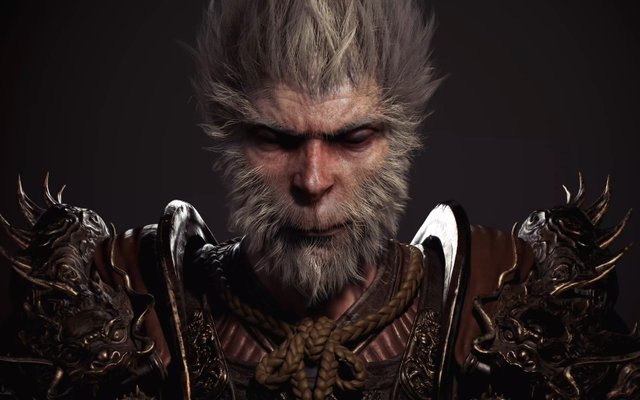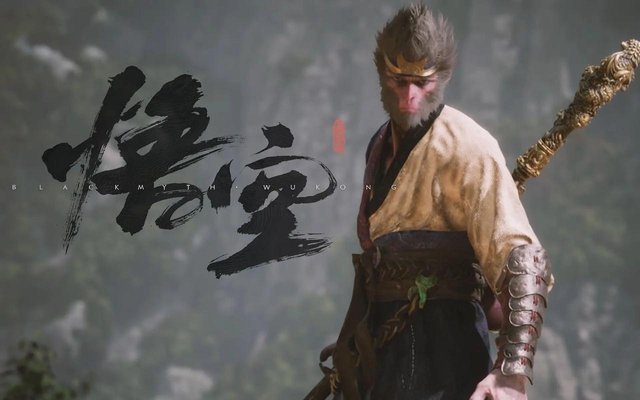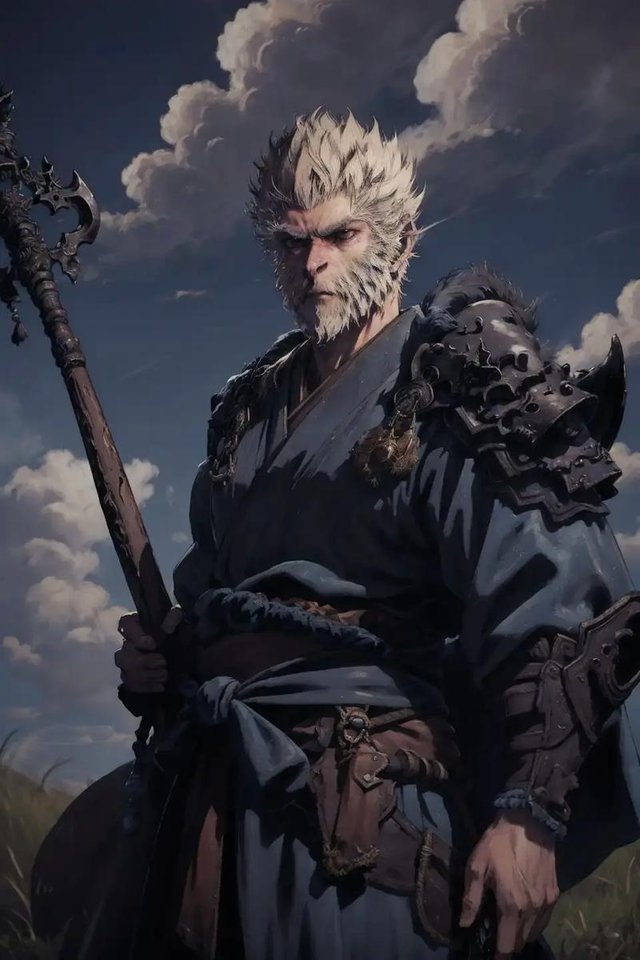The origins and life story of Sun Wukong

Family Background
Sun Wukong's origins are described in detail in "Journey to the West." He was originally a magical stone that absorbed the essence of heaven and earth, located on the Mountain of Flowers and Fruit in the Ao Lai country of the Eastern Continent. This magical stone gave birth to Sun Wukong, who was born without parents and was naturally spirited. Sun Wukong's birth was accompanied by a loud sound and light, even startling the Jade Emperor in heaven.

The Origin of the Name
Sun Wukong's name was given by the Patriarch Puti after he became his disciple and learned the art. The patriarch gave him the surname "Hu," removing the beast side, and adding the character for "child" and "system" to form the surname "Sun." Among the twelve-character ranking of the patriarch's school, Sun Wukong was ranked "Wu," so the patriarch named him "Wukong," which means the person who comprehends the truth. Later, Sun Wukong was also given the Dharma name "Xingzhe" by Tang Seng during the journey to the West to obtain the scriptures.

Growth Experience
During his growth, Sun Wukong learned various skills, including the way of longevity, seventy-two changes, and the somersault cloud. He also had the Ruyi Jingu Bang, a weapon that could change its size at will. He became the king of the Mountain of Flowers and Fruit, and was later recruited by the heavenly court as the "Heavenly Horse Warmer." Dissatisfied with the position, he rebelled against the heavenly court and proclaimed himself the "Great Sage Equal to Heaven." In the battle with the heavenly troops, he was refined by Tai Shang Lao Jun's Bagua Furnace and obtained a pair of fiery eyes that can see through darkness, and was finally pressed under the Five Elements Mountain for five hundred years.

Journey to the West for the Scriptures
Sun Wukong was rescued by Tang Seng from under the Five Fingers Mountain and became his disciple, going to the West to obtain the scriptures together. On the way to obtain the scriptures, Sun Wukong subdued demons and monsters many times and established many great achievements. Although he was misunderstood and punished by his master Tang Seng many times, he remained loyal. In the end, the four masters successfully obtained the true scriptures, and Sun Wukong was also named the Buddha of the Victorious Fight.
Conclusion
In summary, Sun Wukong is a legendary figure in Chinese culture, and his origins and life story are full of mythological colors. His image not only represents the wisdom and courage of the ancient Chinese people but also embodies their pursuit of kindness, justice, and indomitable spirit.
以下是中文翻译,欢迎大家讨论!
身世背景
孙悟空的身世在《西游记》中有着较为详细的描述。他本是一块吸收了天地精华的仙石,位于东胜神洲傲来国的花果山上。这块仙石孕育出了孙悟空,他无父无母,天生具有灵性。孙悟空的出生伴随着巨大的声响和光芒,甚至惊动了天上的玉皇大帝。
名字的由来
孙悟空的名字是他在拜师学艺后由菩提祖师所赐。祖师为他取了姓氏“猢”,去掉兽旁,加上子字和系字,组成了“孙”姓。祖师门的十二字排名中,孙悟空排在“悟”字,因此祖师为他取名“悟空”,意为领悟真理之人。后来,孙悟空在西行取经的过程中,又被唐僧赐法号“行者”。
成长经历
孙悟空在成长过程中,学会了多种技艺,包括长生之道、七十二变、筋斗云等。他还拥有了能够随意变化大小的如意金箍棒作为兵器。他在花果山占山为王,后被天庭招安为弼马温,因不满职位反下天界,自称齐天大圣。在与天军的战斗中,他被太上老君的八卦炉炼就了一双火眼金睛,最终被压在五行山下五百年。
西行取经
孙悟空在五指山下被唐僧救出,成为他的徒弟,一同前往西天取经。在取经路上,孙悟空多次降妖除魔,建立了许多奇功。尽管多次受到师傅唐僧的误解和惩罚,但他始终忠诚不渝。最终,师徒四人成功取得真经,孙悟空也因此被封为斗战胜佛。
结语
综上所述,孙悟空是中国文化中一个富有传奇色彩的人物,他的来历和身世充满了神话色彩。他的形象不仅代表了古代中国人民的智慧和勇气,也体现了他们对于善良、正义和不屈精神的追求。